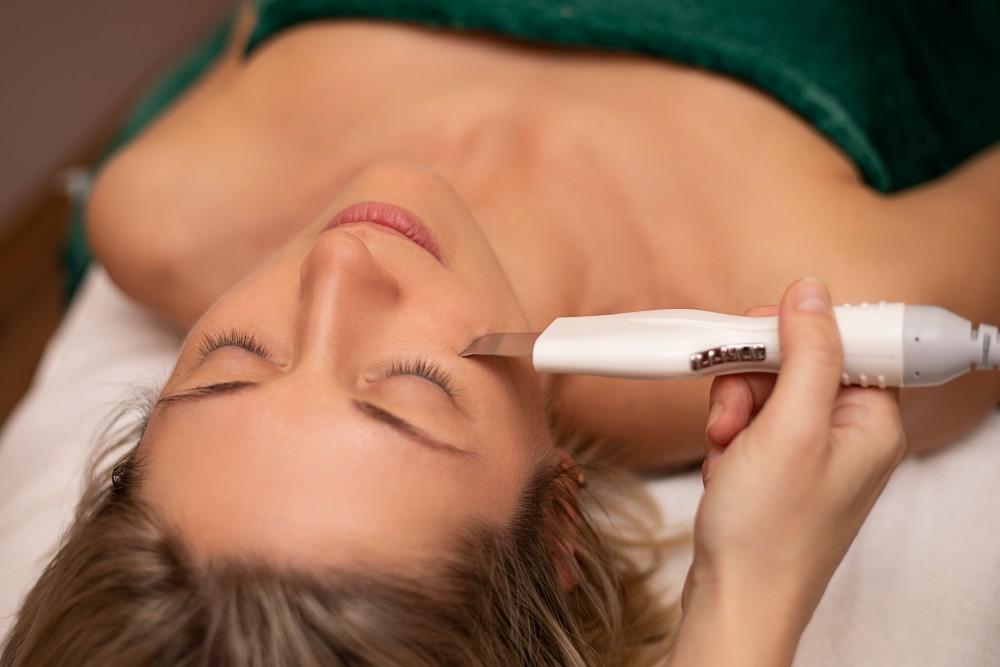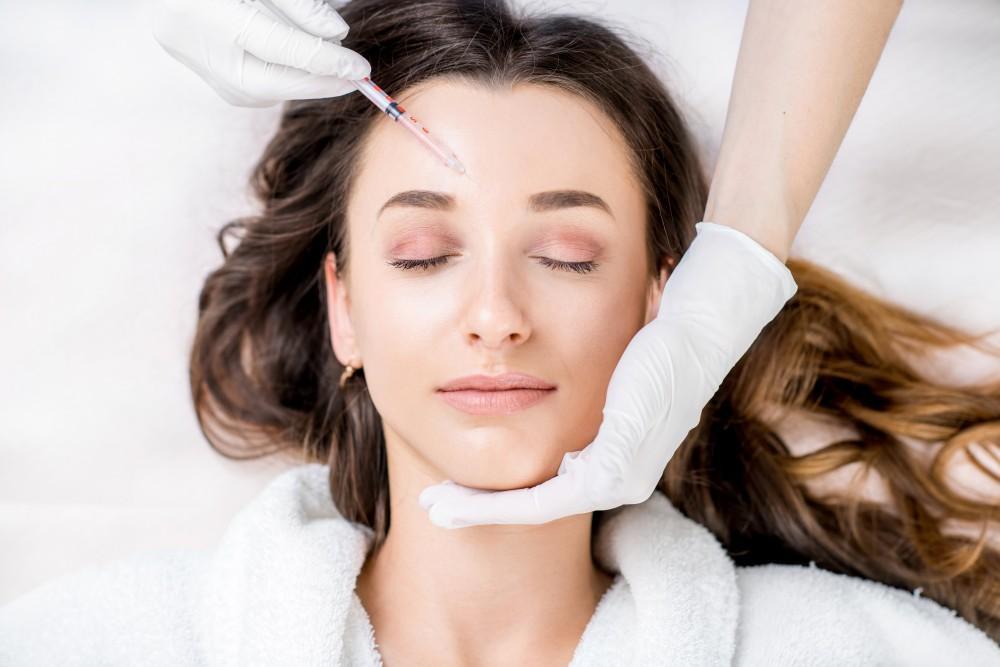
Considering Sclerotherapy for Spider Vein Treatment
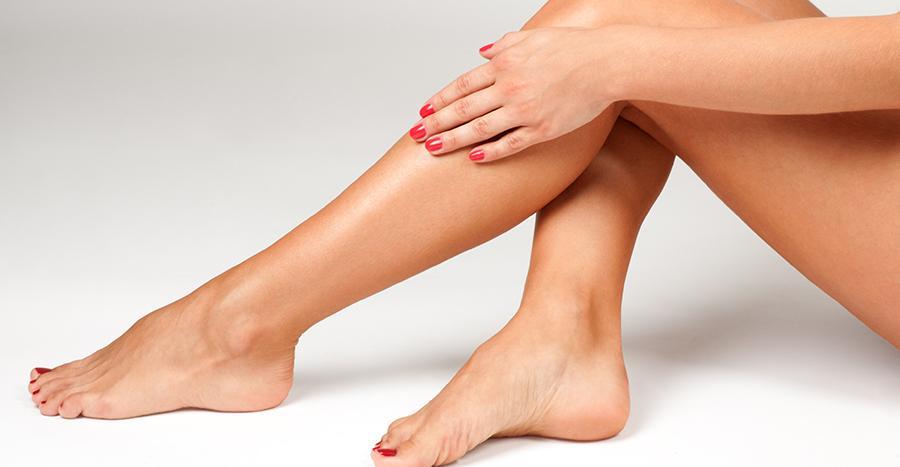
Spider veins are generally not an indication of a serious medical condition. They can appear on the thighs, calves, and ankles as thin bluish or purple lines. The exact cause of spider veins is not completely understood, but scientific evidence suggests that family history and genetics, weight fluctuations, stress on the muscles, and pregnancy are likely factors. We have found that sclerotherapy is one of the most effective means of diminishing the appearance of spider veins.
This treatment is often considered if surgical removal of the vein or cauterization via laser energy is deemed inappropriate. If our doctor has recommended sclerotherapy or if you have learned about this treatment on your own, read on to learn more about how we perform it.
Spider Vein Problems
As the name suggests, spider veins are indeed veins, not arteries. Very rarely does a small artery branch into tiny, thin vessels near the surface. Vein capillaries merge to form larger veins, which sometimes splinter. They are noticeable because they branch inward from capillaries that are just beneath the dermal layers.
The result is a distinctly noticeable darkening on the surface of the skin. This can cause the individual to become more self-conscious. Sclerotherapy can get rid of spider veins without the need for surgery or laser energy. It’s minimally invasive, and once the vein is gone, it’s gone for good.
How It’s Performed
The idea is to damage the vein in such a manner as to cause its deterioration without adversely affecting the surrounding tissues. This is done by injecting a saline solution directly into the vein.
This solution irritates the vein walls so that the blood flow is constricted. Since the vein walls themselves require nutrition from the blood, the vein will naturally deteriorate. It will collapse over the next few weeks and be discarded along with other waste. During this same period, blood flow is redirected to other small veins, so there’s no worry about overall disruption of the normal circulatory flow.
This is a very simple, minimally invasive treatment that requires no hospital stay. However, depending on the size and number of spider veins and their location, we may emphasize the need for some post-treatment care. This could include the wearing of compression stockings or avoiding standing for long periods of time.
Consultation Is Important
These considerations mean that a consultation is necessary for us to determine whether sclerotherapy is the appropriate treatment for a spider vein. In most cases it is, but we want to put the client’s mind at ease by giving full information on the procedure before we actually recommend it.
If you are suffering from unwanted spider vein development and want to know all of your treatment options, talk to us at Plateroti Dermatology in Templeton, CA. We’ll be happy to discuss your situation and discuss your treatment options. Contact us today to schedule your consultation.
You Might Also Enjoy...


Hasta La Vista, Double Chin! I'm Getting Kybella
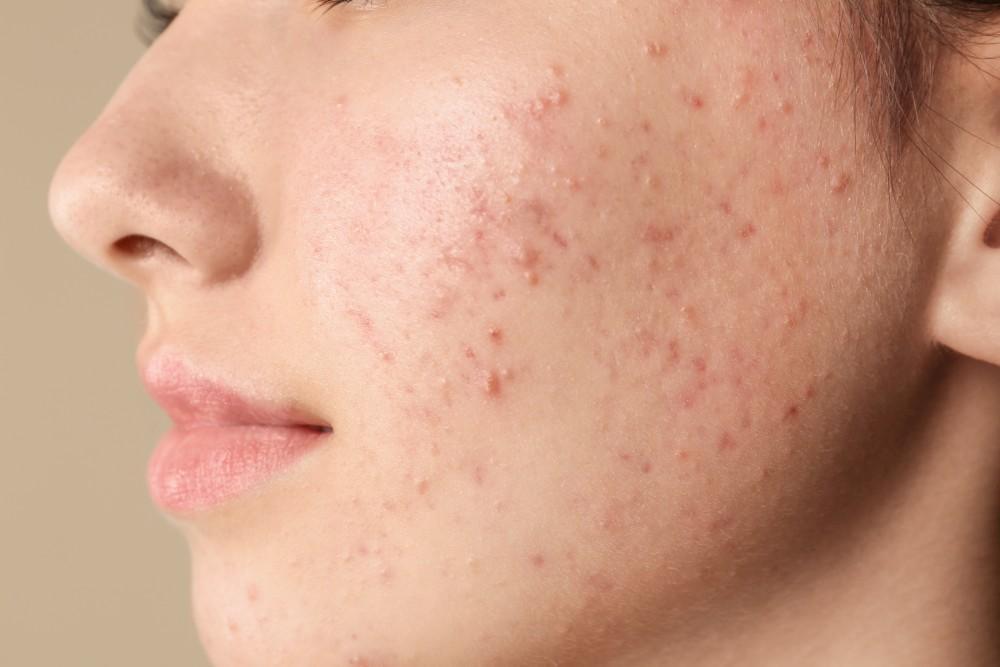
Photodynamic Therapy (PDT): Your Speedy Solution to Adult Acne
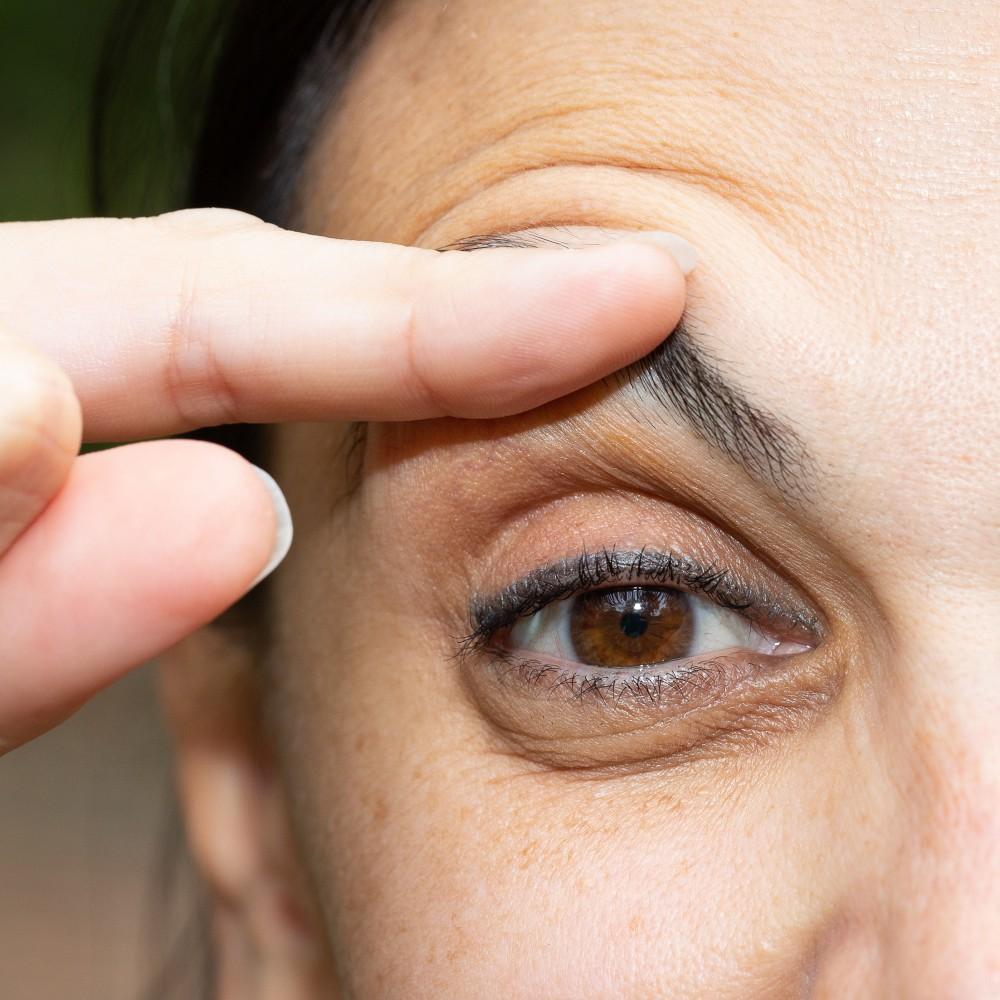
Surgery Isn't the Only Solution for Saggy Eyelids. Try Upneeq® for a Noninvasive Lift
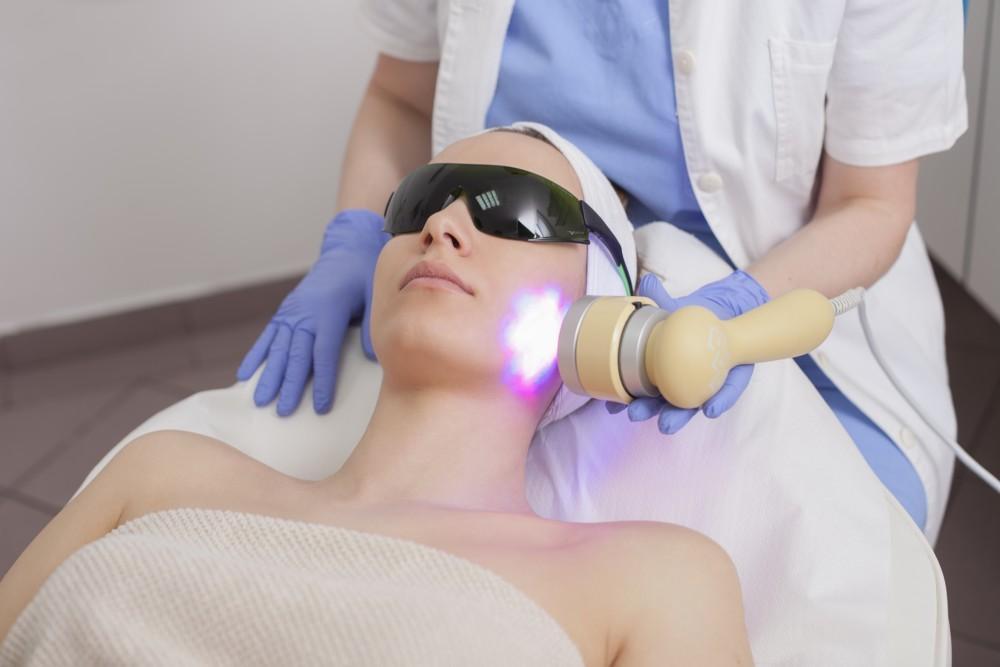
Pre-and Post-IPL Procedure Guidelines to Get the Most from Your Treatment
